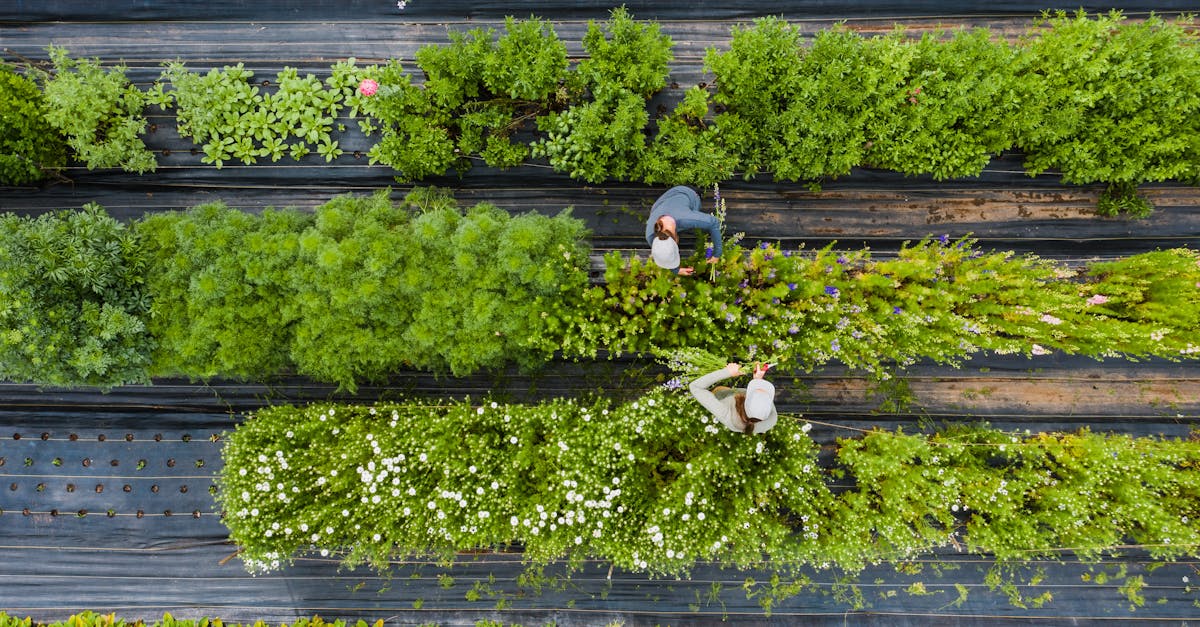Creating a beautiful and environmentally conscious garden is a rewarding endeavor that enhances your outdoor living space while benefiting the planet. Sustainable landscaping allows homeowners to cultivate beauty in their gardens while ensuring their choices positively contribute to the ecosystem. This article explores various strategies to achieve an eco-friendly and aesthetically pleasing garden.
Sustainable Landscaping
Sustainable landscaping is a garden design approach that emphasizes harmony with the environment, focusing on water conservation, biodiversity, and soil health. By adopting eco-friendly practices, you can create a garden that is not only visually appealing but also enriches the local ecosystem.
Why Sustainable Landscaping Matters
Implementing sustainable gardening practices goes beyond mere aesthetics. Firstly, these methods help conserve vital resources like water. Secondly, sustainable landscaping reduces reliance on chemical fertilizers and pesticides, promoting a healthy ecosystem where beneficial insects and microbial life can thrive. Lastly, such gardens offer a tranquil retreat, enhancing well-being through connection with nature.
Key Principles for an Eco-Friendly Garden
Establishing a sustainable garden involves understanding the fundamental principles that guide your design choices. By focusing on these key strategies, you will create a space that is both beautiful and beneficial to the environment.
Water Conservation Techniques
Water is a precious resource that should be used efficiently in landscaping. Implementing water conservation strategies, such as rain gardens or permeable paving, can significantly reduce water runoff and promote groundwater recharge. Furthermore, adding mulch helps retain moisture in the soil, thus lessening the need for frequent watering.
Choosing Native Plants
Incorporating native plants into your garden design offers significant benefits. Native species are adapted to local climate conditions, requiring less care and resources than non-native varieties. Moreover, these plants play a crucial role in sustaining local wildlife by providing food and habitat for birds, butterflies, and beneficial insects.
Enhancing Soil Health
Healthy soil is the foundation of any thriving garden. By adding organic matter, such as compost or natural amendments, you can improve soil structure and fertility. This not only aids plant growth but also enhances nutrient cycling, creating a self-sustaining ecosystem within your garden.
Organic Amendments and Their Benefits
| Organic Amendment | Benefits |
|---|---|
| Compost | Improves soil structure and nutrient content. |
| Manure | Enhances microbial activity and fertility. |
| Mulch | Retains moisture and suppresses weeds. |
| Bone Meal | Strengthens root development. |
| Seaweed | Provides trace minerals and hormones for growth. |
Creating Biodiverse Spaces
Encouraging biodiversity in your garden is essential for a healthy environment. By incorporating a variety of plants, you create a habitat that attracts diverse wildlife, improving your garden’s overall resilience and beauty.
Attracting Pollinators
Pollinators, such as bees and butterflies, are crucial for the fertility of many garden plants. To attract them to your garden, grow a mix of flowering plants that bloom at different times throughout the gardening season. This ensures a continuous food source, supporting the diverse life around your garden.
Implementing Natural Pest Control
Managing pests naturally reduces the impact of harmful chemicals on your garden. Attract beneficial insects, such as ladybugs and predatory wasps, by planting nectar-rich flowers. Implementing companion planting techniques, where certain plants support each other’s growth and repel pests, can create a healthier ecosystem. For instance, planting marigolds beside vegetable beds can deter aphids and other pests.
Hardscape Wisely
The design and materials used in hardscaping, such as pathways and patios, can significantly impact your garden’s sustainability. Opting for environmentally friendly materials will not only enhance the aesthetic appeal but also contribute to better water management in your landscape.
Choosing Eco-Friendly Materials
When selecting materials for hardscaping elements, consider using locally sourced or recycled options. Materials such as permeable pavers allow water to soak through instead of running off, helping maintain healthy groundwater levels. Additionally, incorporating natural stones or reclaimed wood into your design can further minimize your environmental impact.
Maintaining Your Eco-Friendly Garden
Creating a sustainable garden requires ongoing care and attention, but the rewards are worth the effort. Regular maintenance ensures that your garden thrives and continues to function as an eco-friendly sanctuary.
Regular Pruning and Weeding
Maintaining a tidy garden through regular pruning helps plants maintain their health and appearance. Removing dead or diseased branches improves airflow and reduces the risk of disease. Additionally, consistent weeding ensures that native plants are not crowded out by invasive species, preserving the balance of your biodiverse garden.
Seasonal Adjustments
Adjusting your gardening practices with the changing seasons is crucial. For instance, in the spring, focus on planting and dividing perennials, while in the fall, consider adding organic mulch to protect the soil and prepare for winter. Each season brings unique demands, and responding thoughtfully can enhance the vitality of your garden.
Transform Your Outdoor Space Sustainably
Creating an eco-friendly and aesthetic garden through sustainable landscaping is a fulfilling journey that adds beauty and positively impacts the environment. By prioritizing water conservation, native plants, soil health, and biodiversity, homeowners can cultivate a garden that serves as a sanctuary for themselves and wildlife alike.
Ready to transform your outdoor space into a thriving and sustainable haven? Contact Ambient Designs Ltd. team now! They specialize in creating eco-friendly garden designs that blend seamlessly with your lifestyle and the environment.
https://www.youtube.com/watch?v=1IF-Q9eRGDM

